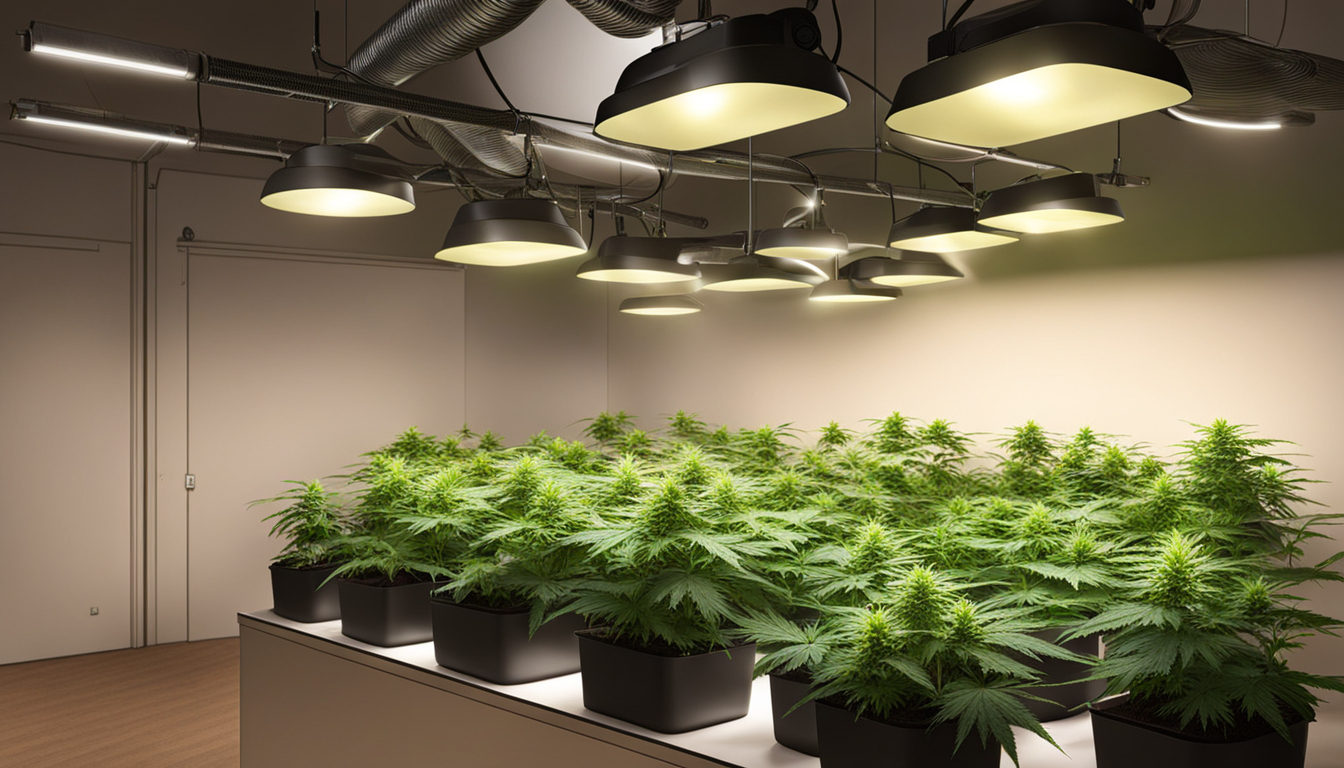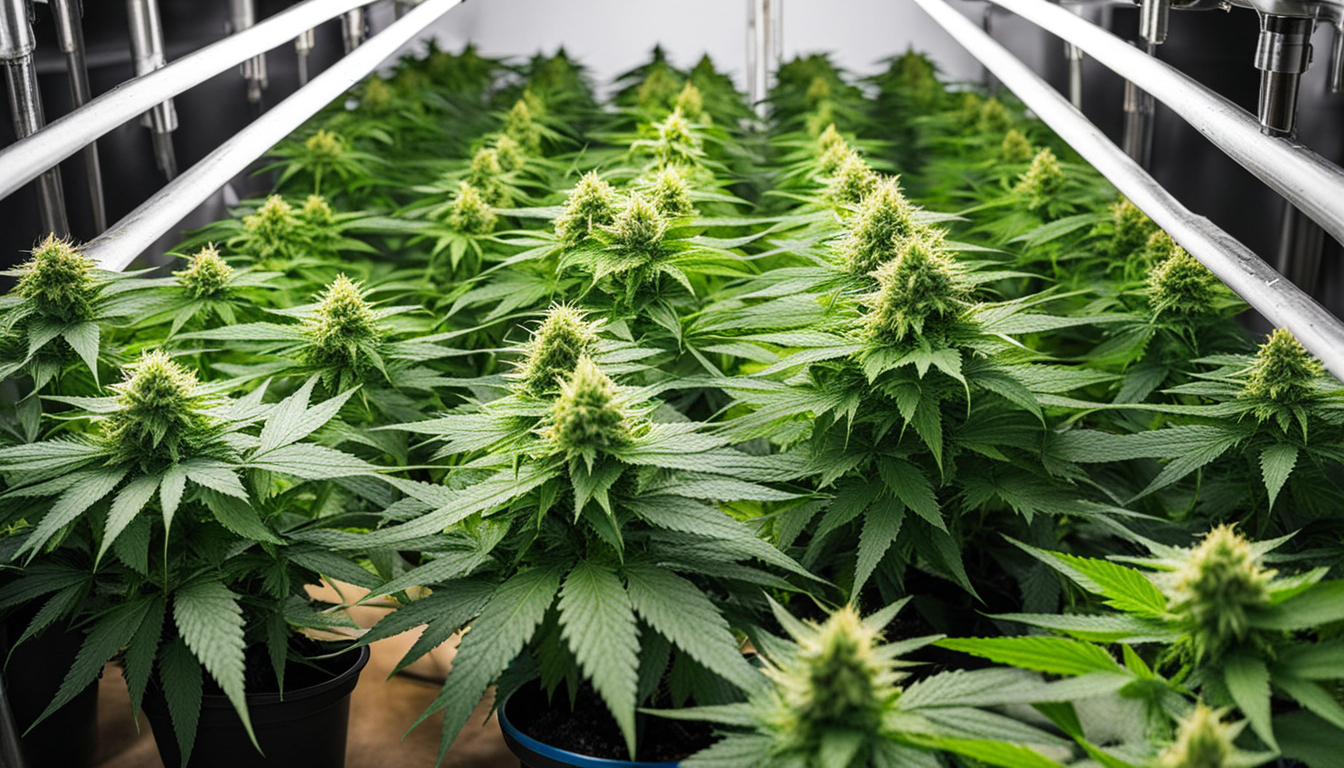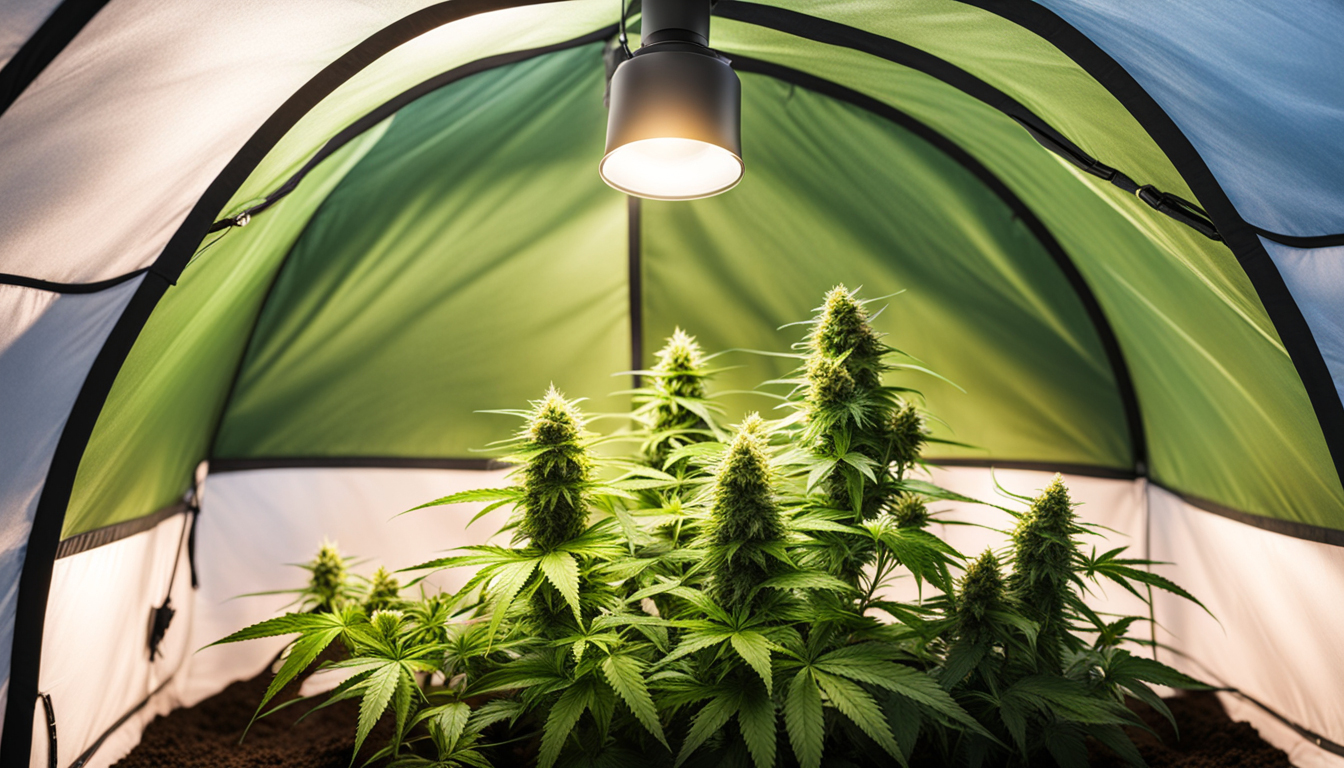
Whether you're beginning cannabis growing or looking to improve your existing crop, following this complete guide will help you produce bountiful, high-quality yields right at home. With the right equipment, techniques, and care, cultivating marijuana indoors can be an extremely productive and cost-effective endeavor.
Choosing Cannabis Strains
The first step in planning your indoor crop is selecting the right marijuana cultivars to produce. The three main types of cannabis plants each have their own characteristics.
Sativas
Known for their invigorating intellectual effects, these strains spread tall and slender with narrow leaves. They flourish in tropical equatorial climates and have a longer flowering time between 2.5-3 months indoors. Top energizing varieties include Jack Herer, Durban Poison, Super Lemon Haze, and Jack Herer.
Relaxing strains
Indicas provide relaxing full-body effects and grow short and bushy with broad leaves. Adapted to cooler mountain climates, they flower faster within 8-9 weeks. Popular indica strains include Granddaddy Purple, Northern Lights, and Bubba Kush.
Mixed strains
Mixed varieties mix traits from both energizing strains and relaxing strains. They offer blended effects and have medium blooming times around 2.25-2.5 months. Popular mixes are Blue Dream, OG Kush, and Blue Dream.

Setting Up Your Cultivation Space
Pot plants need the right controlled environment to thrive. Key factors for indoor farms are lighting, ventilation, layout, and finding the ideal discreet area.
Location
Choose an empty space with quick access to irrigation and electrical outlets. An empty spare room, large closet, corner of the basement, or cultivation tent tucked away in a garage all make great stealthy grow room spots.
Lights
Marijuana requires intense light for all growth stages. LEDs are energy-efficient and come in full spectrum options replicating real sunlight. Cover 250-400 watts per square foot for the vegetative stage and 20-40 watts per sq. ft. for bloom.
Ventilation
Proper ventilation and exhaust systems keep ideal temperature, moisture, and fresh CO2 levels. Install low-noise 10-15 cm fans or scrubbers to refresh stale air and reduce odors.
Layout
Maximize your space by positioning plants strategically under the lamps and allowing room to reach and work around them. Set up separate zones for growth, flowering, drying, and propagation.

Cultivation Mediums
Cannabis can be cultivated in various mediums, each with benefits and cons. Pick a suitable option for your particular setup and growing style.
Soil
The traditional medium, soil is cheap and simple for new growers. It provides great taste but requires more irrigation and fertilizing to feed plants. Enrich soil with perlite or coir to improve drainage.
Coconut coir
Made from coconut husks, renewable coco coir retains water but still lets in air to the roots. It's cleaner and more consistent than soil. Use coir-specific nutrients to prevent accumulation.
Hydroponics
In hydro systems, plant roots grow right in nutrient water solution. This enables rapid growth but needs careful monitoring of water properties. Deep water culture and drip systems are popular techniques.
Germinating Seeds
Sprouting prepares your weed seeds to start growing taproots. This readies them for transplanting into their growing medium.
Towel Method
Place seeds between moist paper towel and maintain them moist. Check after a week for growing taproots showing sprouting is complete.
Direct Planting
Plant seeds right into wetted growing medium 1⁄4 inch deep. Gently water and wait 7-14 days until seedlings push through the surface.
Cubic rockwool
Soak rockwool cubes in pH-adjusted water. Place seeds 1⁄4 inch deep into the cubes. Keep cubes moist until seedlings appear within a week to 2 weeks.
Transplanting Seedlings
Once germinated, pot seedlings need to be transplanted to avoid crowding. Move them into proper sized pots.
Preparing Containers
Fill large containers with cultivation medium amended with slow-release nutrients. Let containers to absorb water overnight before repotting.
Gently repotting
Carefully separate seedling roots from germination medium using a spoon. Put into pre-soaked pot at equal depth as before and lightly water in.
Vegetative Stage
The vegetative stage promotes foliage and plant form through 3/4 to full day of continual light exposure. This stage usually lasts 4-8 weeks.
Using 3/4 to full day of Lighting
Use lamps on a 24 hour cycle or natural sunlight to trigger constant photosynthesis. Lamp output Find Out More influences height and node distance.
Nutrients
Use grow stage fertilizers higher in nitrogen. Make sure pH stays around 6.5 for proper nutrient absorption. Feed 1⁄4 to 1⁄2 concentration after 14 days and strengthen gradually.
Training Techniques
Topping, low stress training, and scrogging manipulate growth patterns for even canopies. This increases yields.

Flowering Stage
The flowering stage grows buds as plants reveal their sex under a 12 hour light schedule. It lasts 8-12 weeks based on variety.
Switching to 12/12
Switch grow lights to 12 hours on, 12 hours off or move outside for outdoor 12 hour cycle. This signals plants to start blooming.
Flushing
Leaching removes nutrient salts to enhance flavor. Fertilize weakly the first weeks then just use pH'd water the final 2 weeks.
Flushing
Continue 12 hour photoperiod but leach using pH-balanced water only. Resume clean watering if buds aren't yet mature after two weeks.
Harvesting
Recognizing when cannabis is completely mature delivers maximum cannabinoid content and aroma. Cut down plants at peak maturity.
Signs of readiness
Check swollen calyxes, faded pistils, and 10-15% cloudy trichs. Inspect buds across the plant as they won't all mature evenly.
Cutting Plants
Use clean, sharp trimming scissors to carefully cut each plant at the base. Keep several inches of stem attached.
Curing
Hang whole plants or colas upside down in a dark room Watch Now with average temp and humidity around 50-60% for 1-2 weeks.
Curing
Aging keeps drying while improving the buds like fine wine. This process mellows harshness and intensifies terpene and terpene profiles.
Curing containers
Manicure dried buds from branches and place into sealed containers, packing about 3⁄4 full. Use a sensor to measure container humidity.
Burping Daily
Unseal containers for a few hours each day to slowly reduce grow cannabis humidity. Rehydrate buds if RH drops below 55%.
Long term storage
After 2-3 weeks when moisture stabilizes around 55-60%, perform a last manicure and store forever in sealed jars.
Troubleshooting
Even experienced cultivators run into various pot plant problems. Identify problems early and fix them properly to keep a strong garden.
Nutrient Deficiencies
Chlorosis often indicate inadequate nitrogen. Purpling stems and leaves signal phosphorus deficiency. Test pH and increase fertilizers gradually.
Bugs
Spider mites, fungus gnats, mites, and root aphids are frequent weed pests. Use organic sprays, ladybugs, and yellow traps for natural control.
Powdery mildew
High humidity promotes powdery mildew and root rot. Improve circulation and circulation while reducing RH below 50% during flowering.

Conclusion
With this complete indoor weed growing guide, you now have the info to grow plentiful strong buds for private grows. Follow these steps and methods during the seed starting, vegetative, and flowering stages. Spend in good equipment and carefully monitor your plants. In time, you'll be compensated with sticky aromatic buds you grew yourself under the loving care of your green hands. Good luck cultivating!